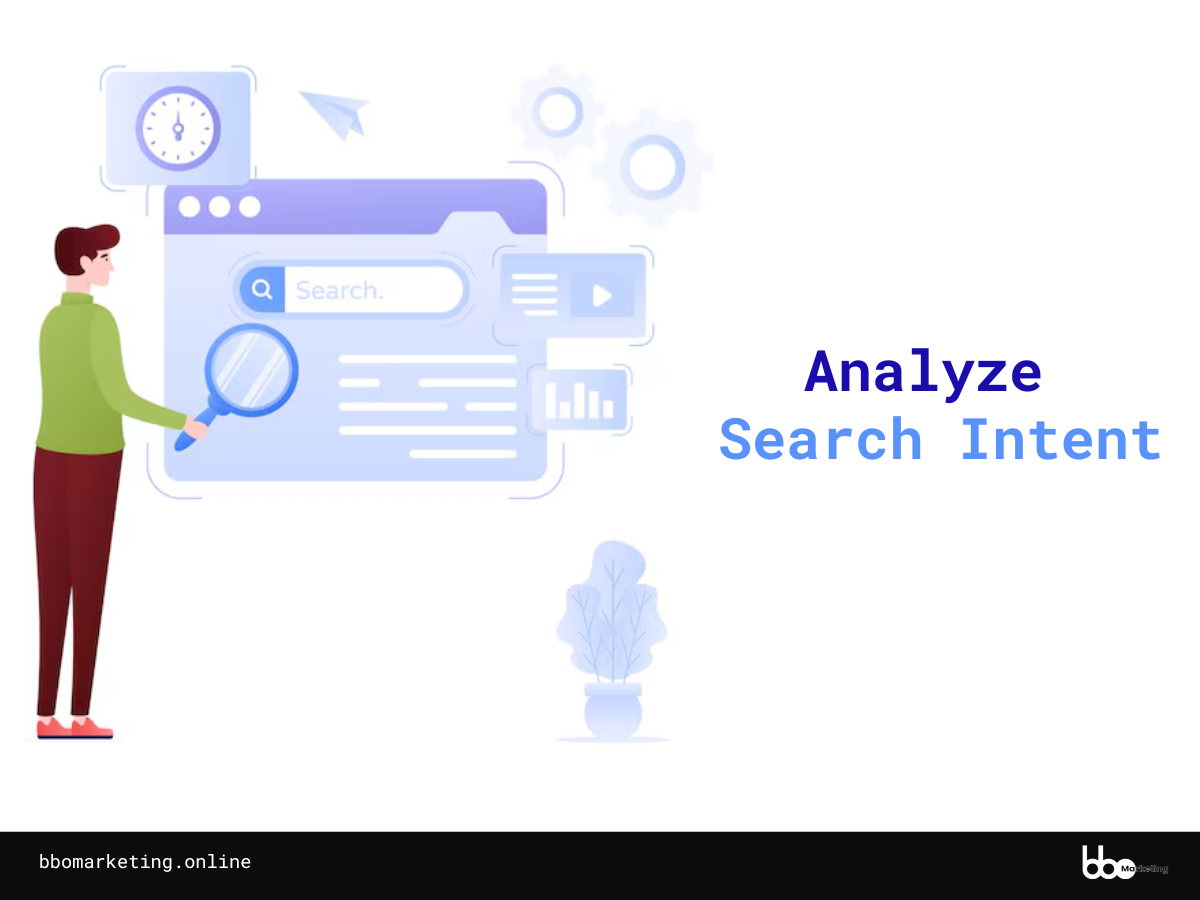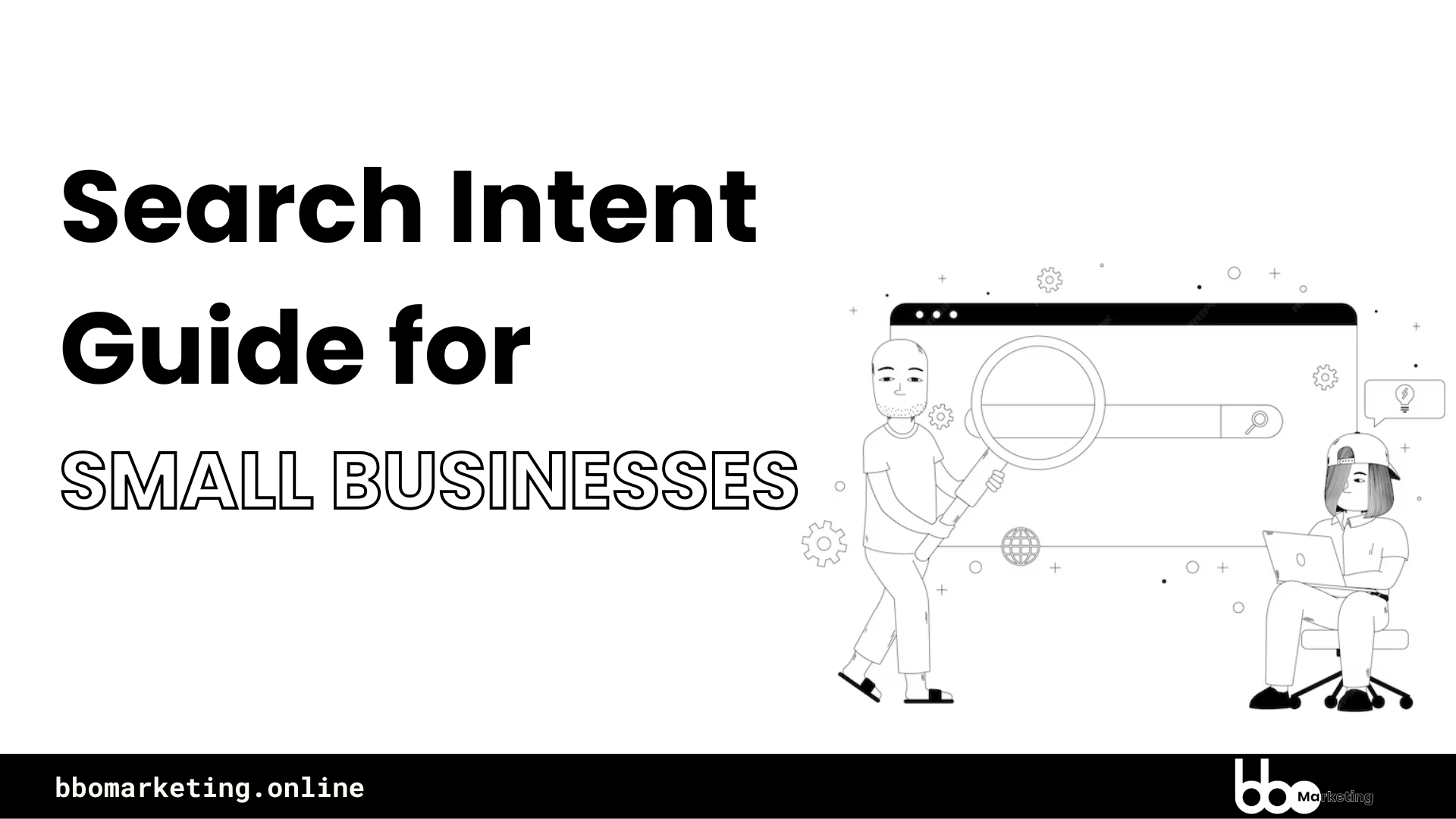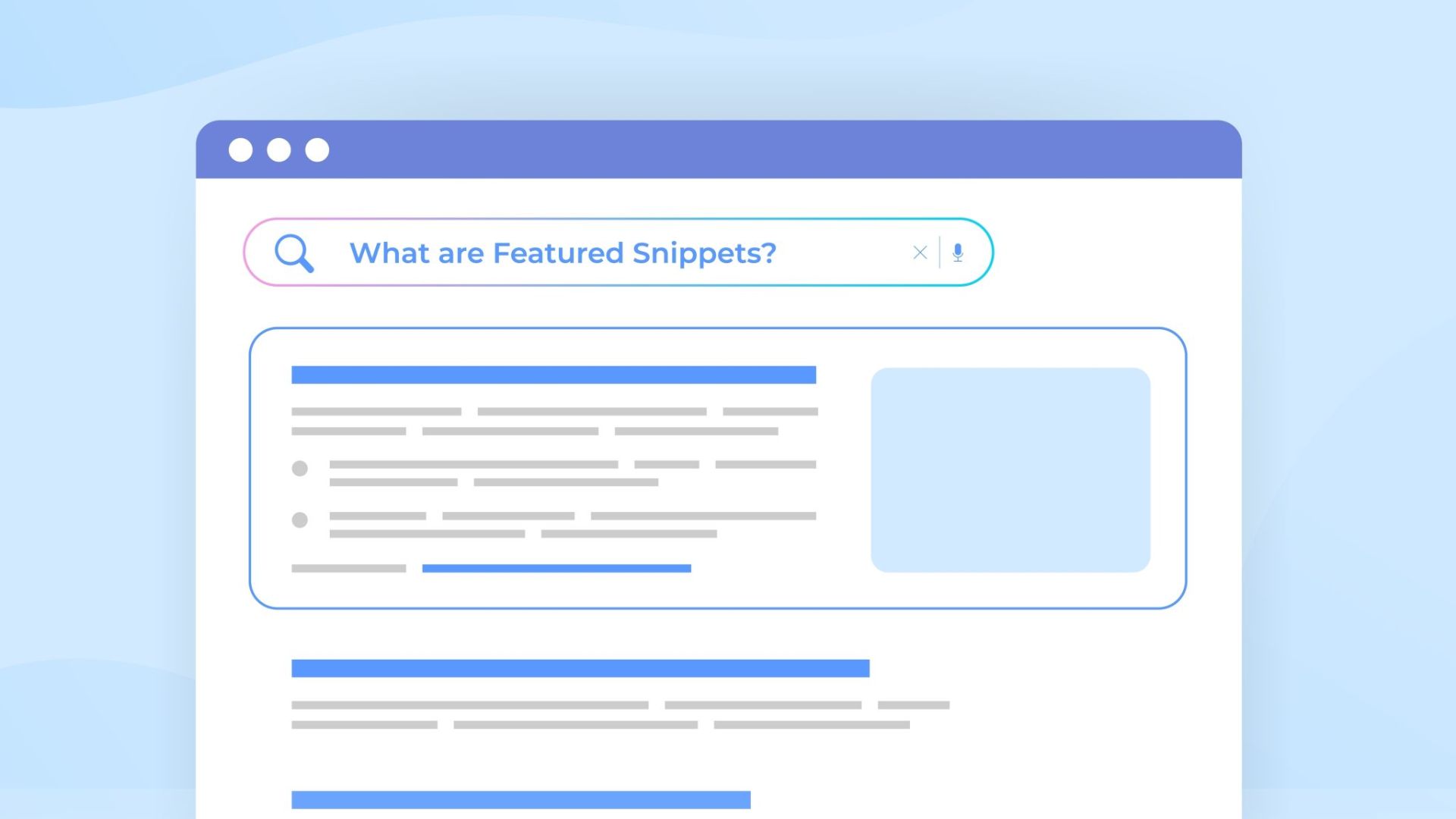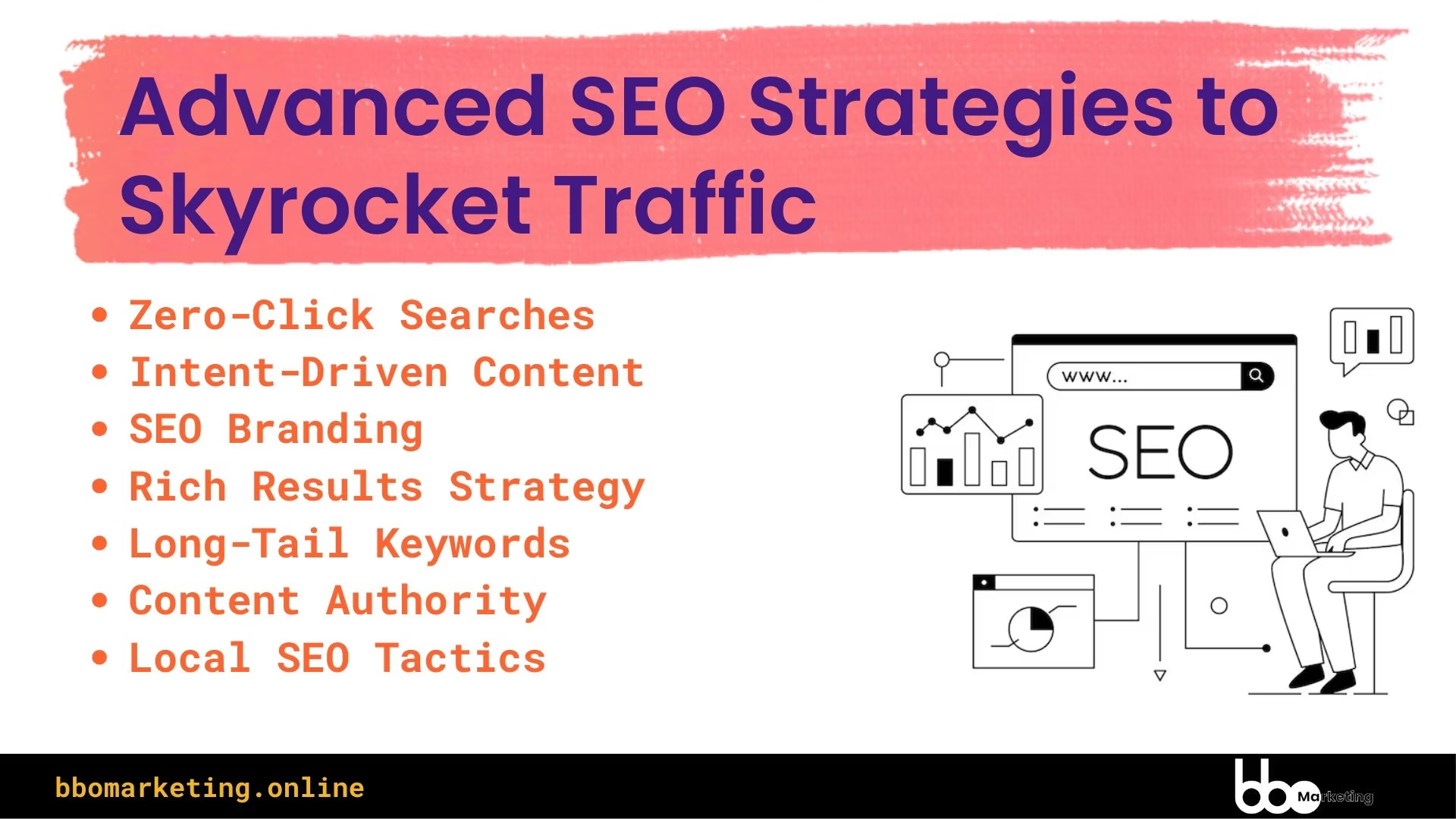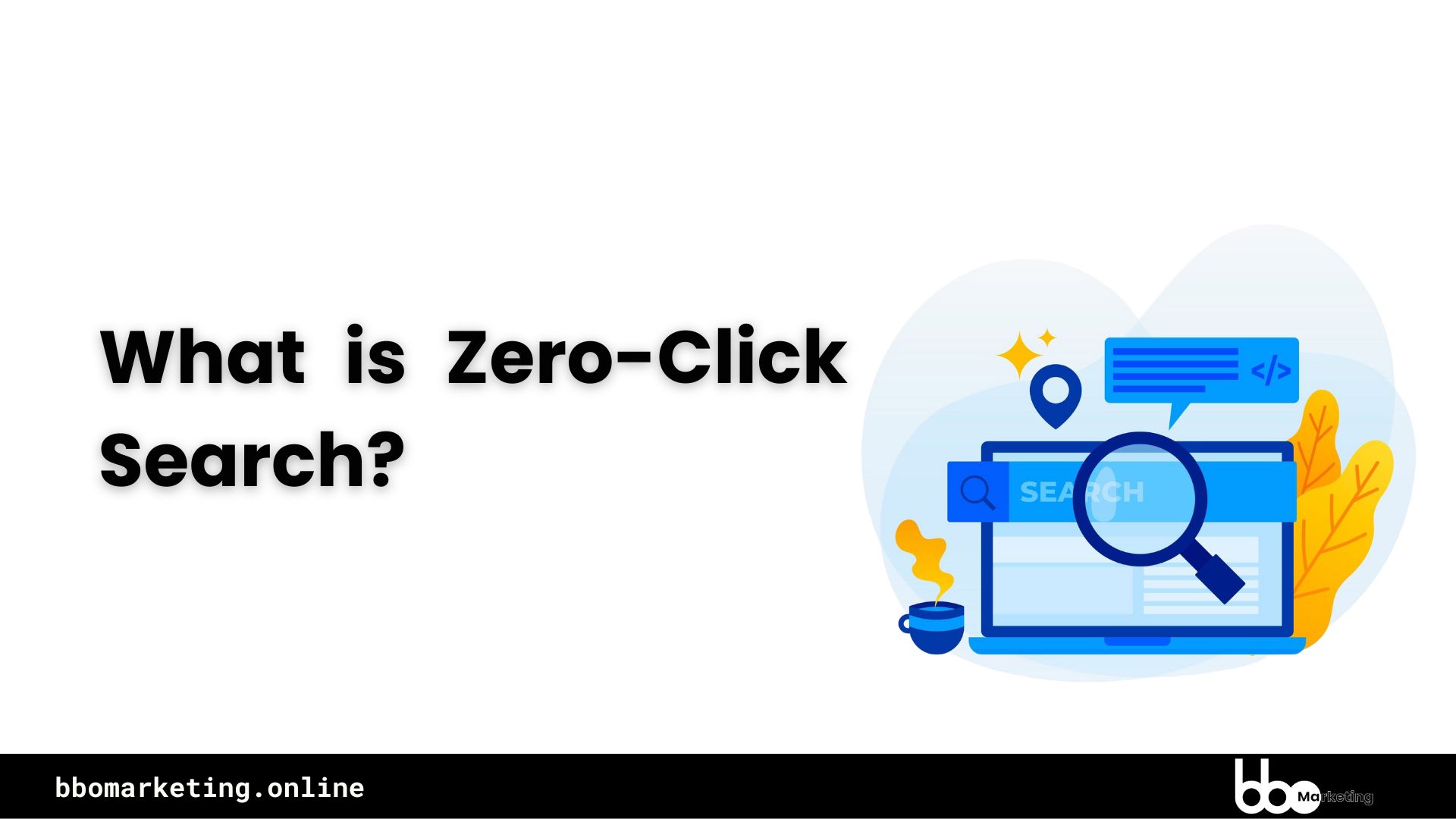
What is Zero Click Search and How to Optimize for Zero-Click Search Small Business SEO in 2025?
Zero click search is a core element of Google Search features, and in 2025, it is an unavoidable aspect when planning SEO strategies. As users increasingly seek quick, direct answers to their queries, optimizing for zero click search will become crucial for businesses looking to maintain visibility and SEO Branding.
A zero-click search is a phenomenon on the search engine results page (SERP) where a user receives a direct answer to their query without needing to click on any other page.

The zero click search phenomenon began around 2005 and saw a significant increase in 2014 with the introduction of Featured Snippets by Google. Google reintroduced Featured Snippets in 2017, adding more feedback options for users to share their opinions. This was done to help Google improve its algorithm and identify controversial or debatable results.
With the introduction of Google AI Overview in 2024, zero-click search became an essential core element of Google Search features and SEO.
Discover everything about Zero Click Searches: What they are, the different types, why they matter, how small businesses can optimize for them, and the best SEO strategies to stay ahead!
Contents
Also See: How to create a small business website on an affordable Budget
What Is a Zero Click Search?
As I mentioned in the introduction, zero-click search is a phenomenon or stage where search engine results directly satisfy the user’s query on the search engine results page, so the user doesn’t need to click on a page (blue link) to find what they’re looking for.
The appearance of zero-click search can vary depending on the search query, and the search results may differ between mobile devices and desktop devices.
For example, when you search for “what time is it?” or “what time is it in Australia?” in the Google search bar, Google will display the time for your location directly on the search engine results page (SERP). The result will include the time, date, and location, etc.

Now, if you search for “What is the age of The Rock?” you’ll see the exact age, and on desktop devices, you may also find a knowledge panel on the side and a “People Also Ask” (PAA) block right below the answer. As you can see, there’s no need to click on any websites or links for the answer, and this is called zero-click search.

Types of Zero Click Search Results?
There are different types Zero-Click Search Results, some of them are:
- AI Overviews
- Featured Snippets
- People also ask
- Instant answers
- Rich snippets
- Site links
- Local Pack
- Knowledge Panel
- Google shopping results
AI Overviews
AI Overviews are AI-powered answers that appear at the top of Google search results, designed to help users quickly understand information from a range of sources on the web.

According to Google Search Central, “AI Overviews show links to resources that support the information in the snapshot and allow users to explore the topic further. This enables people to dig deeper and discover a diverse range of content from publishers, creators, retailers, businesses, and more, using the information they find to advance their tasks.”
Featured Snippets

Featured snippets are special boxes where the format of a regular search result is reversed, displaying the descriptive snippet first.
People also ask

People Also Ask (PAA) is a Google Search feature that displays questions related to the user’s initial search query. It often appears near the top of search engine results pages (SERPs). This feature helps users find more information about their topic without having to perform additional searches.
Instant answers

“Instant answers” refers to a feature on search engines like Google, where a concise answer to a query is displayed directly on the search results page without the user needing to click on a website. It provides immediate information for simple questions like weather, definitions, or sports scores—essentially, a quick answer displayed right on the search page.
Rich snippets

Rich snippets (also known as “rich results”) are standard Google search results with additional data displayed. This extra data is typically pulled from structured data found in a page’s HTML. Common rich snippet types include reviews, recipes, and events.
Site links

Sitelinks are a group of links to a website’s pages that appear under some Google search results. Google’s automated algorithms analyze a website’s link structure to find shortcuts that help users quickly find information.
Local Pack
The Local Pack displays key business details like the name, address, phone number (NAP data), review ratings, and operational hours. It also provides call options, site visitation, and location directions. Google uses an internal ranking algorithm to select the top three businesses to include in the Local Pack.
Knowledge Panel
Knowledge panels are information boxes that appear on Google when you search for entities (people, places, organizations, things) that are in the Knowledge Graph. They are designed to provide a quick snapshot of information on a topic based on Google’s understanding of available content on the web.
Google shopping results
Google Shopping results is a feature that allows users to search for products and compare prices from various online retailers. Users can find products in a wide range of categories, from common to unusual.
Why is Zero Click Search so important?
Zero-click searches have completely changed the trend of online search behavior, user interactions and all other traditional search engine concepts.
According to the SEMrush Zero-Click Study in 2022, 57% of mobile searches and about 25% of desktop searches resulted in zero clicks, meaning users left the SERP without engaging with any organic or paid results.
According to the new zero-click search study by Rand Fishkin, By 2024, nearly 60% of Google searches ending without a click, as users find answers directly on the SERP. This shift indicates that users are increasingly seeking quick, concise information that can be delivered immediately.
The introduction of AI-driven features like Google’s generative AI overviews has further accelerated this trend. In 2024, it was reported that 90% of user queries were satisfied through zero-click results.
Additionally, 80% of users expressed confidence in utilizing AI chatbots for generating responses in a conversational manner, highlighting a growing preference for AI-assisted information retrieval.
The rise of zero-click searches necessitates a reevaluation of SEO strategies. Businesses must adapt by focusing on optimizing for SERP features such as featured snippets, knowledge panels, and other rich results that can capture user attention without requiring clicks.
This shift emphasizes the need for brands to create zero-click content, which not only enhances visibility but also positions them as authoritative sources in their respective niches.
Challenges Posed by Zero Click Searches
Despite the advantages, zero-click searches present several challenges:
- Reduced Website Traffic: As users find answers directly on the SERP, traditional web traffic may decline, impacting lead generation and conversion rates.
- Loss of User Engagement: With less incentive to click through to websites, metrics like time spent on site and page views may decrease.
- Control Over User Interaction: Businesses may find it harder to foster deeper relationships with users since they are not visiting their sites.
How to Optimize for Zero Click Search Small business?
Getting featured in zero-click search is not a big deal if you are an expert in your niche and if your content is genuinely helping people. The key element to achieving zero-click results is understanding search intent and creating content based on your experience and expertise.
If “content is King,” then “user intent (context)” is often considered the Queen.
If you understand proper user intent and provide high-quality content based on experience and expertise in the niche, content that is easily consumed by users and accessible to search engines or LLMs (Large Language Models), you have the basic foundation to optimize for zero-click search.
Step 1: Identify Search Intent, Find long-tail keywords and do keyword clustering:
Use tools like Google Keyword Planner, SEMrush, Ahrefs, etc. After Identify Search Intent, find the keywords, and perform keyword clustering.
Step 2: Content research and content opportunities:
Topic cluster content strategy is the most advisable for building content authority. It’s okay if you have a different strategy, but you should follow one consistently. A proper content strategy helps identify interlinking opportunities easily.
When conducting content research, analyze your competitors’ content. Make a list of what your competitors missed, collect statistical data and studies, and present that data in a way that’s easily accessible and digestible for users.
Step 3: Understand user intent and LSI keywords:
After keyword clustering, you’ll better understand proper user intent and find a group of LSI (Latent Semantic Indexing) keywords. It’s okay if you identify one or more user intents.
Step 4: Create the content:
Write Reliable, People-First, Helpful Content in an NLP-friendly format, emphasizing clarity and simplicity in structure and language. Ensure sentences follow a straightforward subject-verb-object order, using precise and unambiguous words.
Step 5: Provide a direct answer to the user’s query in the introduction:
Highlight the sentence or paragraph in the introduction for achieving the featured snippet. Ensure it’s 40–60 words long and follows a straightforward subject-verb-object order.
Step 6: Include a key takeaway section:
Based on the keyword cluster, create a key takeaway section that satisfies all user intents.
Step 7: Answer People Also Ask questions:
Pick five questions from each keyword cluster and answer them in under 45 words, maintaining a subject-verb-object order.
Step 8: Add images, graphics, and videos:
Include images, graphics, and videos in the content. Ensure you add alt text for images and structured data (e.g., VideoObject, Clip) for videos.
Step 9: Use internal and external links:
Add internal links and external links to improve the authority and usability of your content.
Step 10: Incorporate personal experiences and professional insights:
Share personal experiences and professional advice. Also, perform plagiarism checks, AI detection checks, and duplication checks.
Step 11: Regularly update your content:
After indexing the article, update it monthly and change the date to keep it fresh.
Also Read:
Analyze Search Intent
SEO plans for Zero Click Search 2025
Step 1: Focus on Featured Snippets
- Create concise, well-structured answers for specific queries, particularly for “what,” “how,” and “why” questions.
- Use clear headings and organize information into bullet points, numbered lists, or tables.
- Optimize your introduction (40–60 words) to target featured snippet opportunities directly.
Step 2: Leverage AI-Powered Overviews
- Ensure your content is authoritative by citing credible sources and including data-backed insights.
- Structure content in a way that allows AI to extract coherent, concise answers easily.
- Use schema markup (e.g., FAQ, HowTo, Article) to signal the purpose of your content to search engines.
Step 3: Optimize for People Also Ask (PAA)
- Research common questions in your niche using tools like AnswerThePublic and SEMrush.
- Address PAA-style questions in your content, keeping answers under 45 words.
- Format questions as subheadings (H2 or H3) to enhance search engine readability.
Step 4: Build a Robust Topic Cluster Strategy
- Identify pillar topics and create supporting cluster content targeting long-tail keywords.
- Use internal linking to connect cluster pages with the pillar content for better content authority.
- Regularly update cluster articles to maintain relevance and reflect recent trends or data.
Step 5: Enhance Content Accessibility with Multimedia and Structured Data
- Add images, videos, infographics, and alt text to improve engagement and accessibility.
- Implement structured data (e.g., VideoObject, FAQPage) to help search engines understand your content better.
- Regularly test your pages using tools like Google Rich Results Test to ensure compliance.
Wrapping Up
The rise of zero click searches has transformed the way users interact with search engines, making it critical for businesses to adapt their SEO strategies. By focusing on user intent, leveraging structured data, and optimizing for SERP features like featured snippets, AI overviews, and PAA questions, you can stay ahead in the evolving digital landscape. This not only enhances your online visibility but also establishes your authority in your niche, helping you connect with your audience effectively.
As search engines continue to evolve, businesses must embrace innovative SEO strategies to thrive in a zero click world. Staying proactive, understanding the latest trends, and delivering value-driven content are the cornerstones of successful SEO in 2025.

